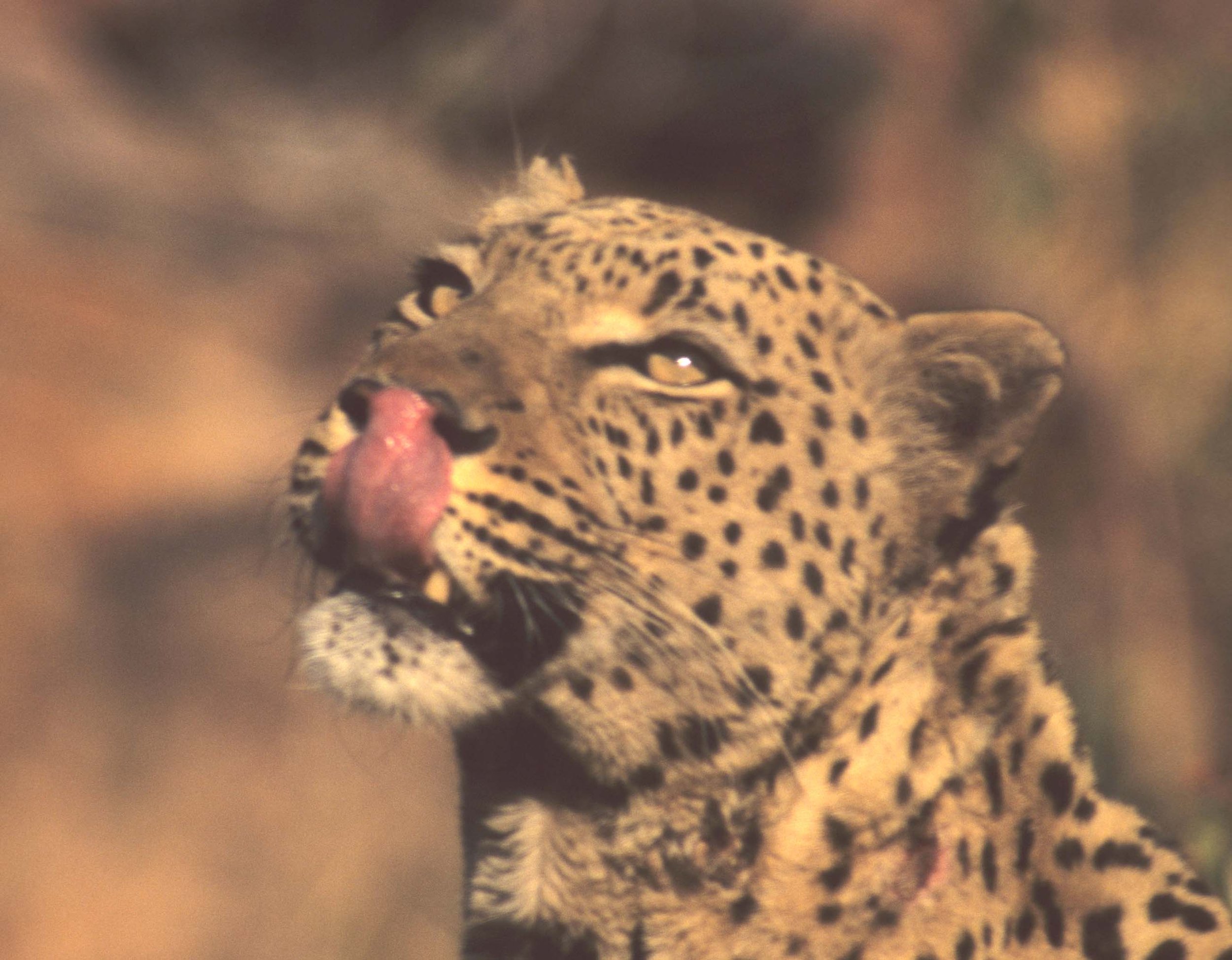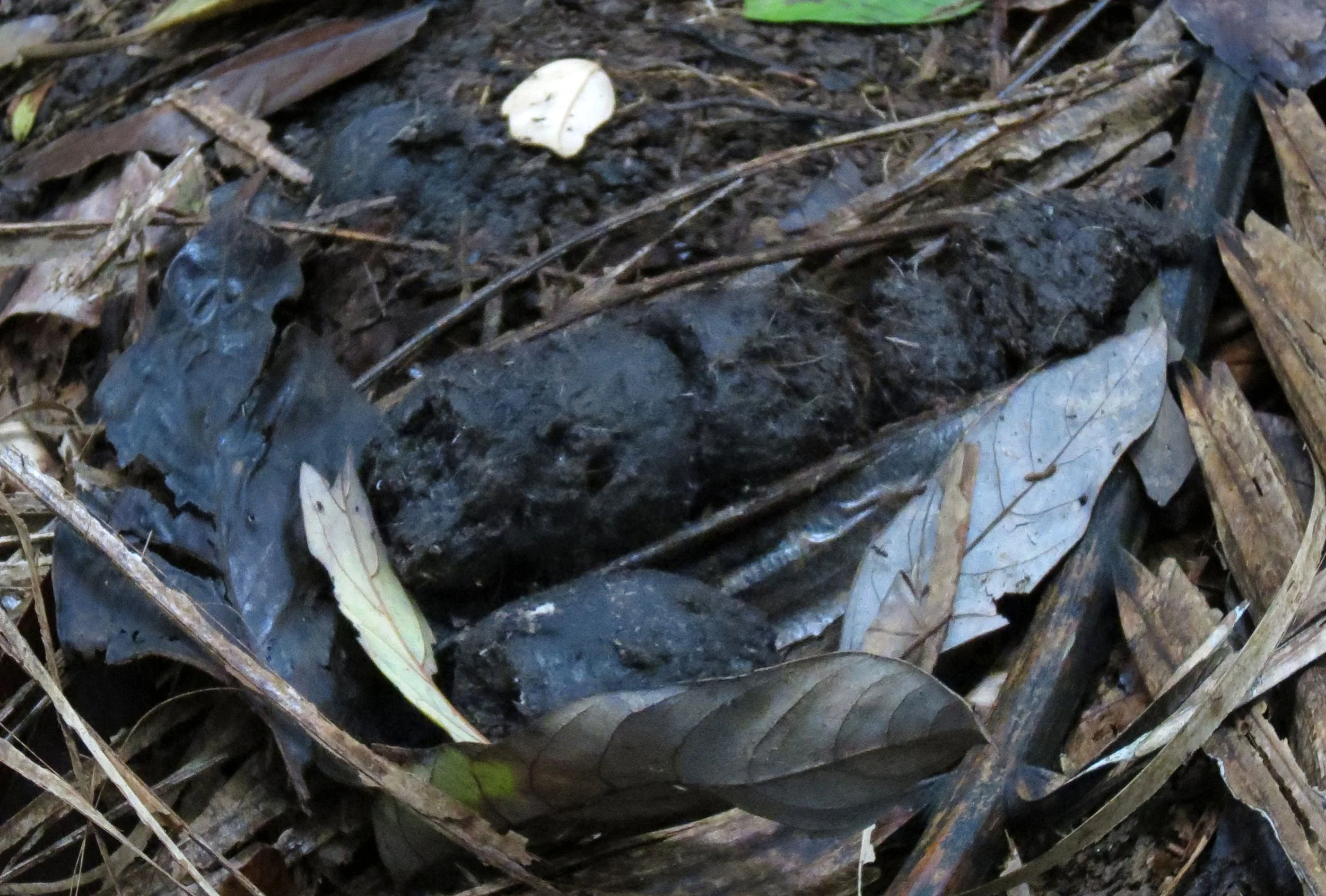
The leopard (Panthera pardus) is one of the five extant species in the genus Panthera, a member of the cat family, Felidae.[4] It occurs in a wide range in sub-Saharan Africa, in some parts of Western and Central Asia, Southern Russia, and on the Indian subcontinent to Southeast and East Asia. It is listed as Vulnerable on the IUCN Red List because leopard populations are threatened by habitat loss and fragmentation, and are declining in large parts of the global range. The leopard is considered locally extinct in Hong Kong, Singapore, South Korea, Jordan, Morocco, Togo, the United Arab Emirates, Uzbekistan, Lebanon, Mauritania, Kuwait, Syria, Libya, Tunisia and most likely in North Korea, Gambia, Laos, Lesotho, Tajikistan, Vietnam and Israel. Contemporary records suggest that the leopard occurs in only 25% of its historical global range.
Compared to other wild cats, the leopard has relatively short legs and a long body with a large skull. Its fur is marked with rosettes. It is similar in appearance to the jaguar (Panthera onca), but has a smaller, lighter physique, and its rosettes are generally smaller, more densely packed and without central spots. Both leopards and jaguars that are melanistic are known as black panthers. The leopard is distinguished by its well-camouflaged fur, opportunistic hunting behaviour, broad diet, strength, and its ability to adapt to a variety of habitats ranging from rainforest to steppe, including arid and montane areas. It can run at speeds of up to 58 km/h (36 mph).
African Leopard (Panthera pardus pardus) - seen in many locations in East and Southern Africa






















































































































Sri Lankan Leopard (Panthera pardus kotiya) - Seen at Yala three individuals


























Indochinese Leopard (Panthera pardus delacouri) - Seen in Thailand at two locations - Huai Kha Khaeng Wildlife Sanctuary and Kaeng Krachan National Park. Melanistic Form has its own gallery - click link to visit this page.













Indian Leopard (Panthera pardus fusca) - seen in Gujarat at Sasan Gir but no good images.










Amur Leopard (Panthera pardus orientalis) - no sightings but fresh sign was common at Kedrovaya Pad, Ussuriland




















Javan Leopard (Panthera pardus melas) - No sightings but scat was spotted at Ujon Kulong



